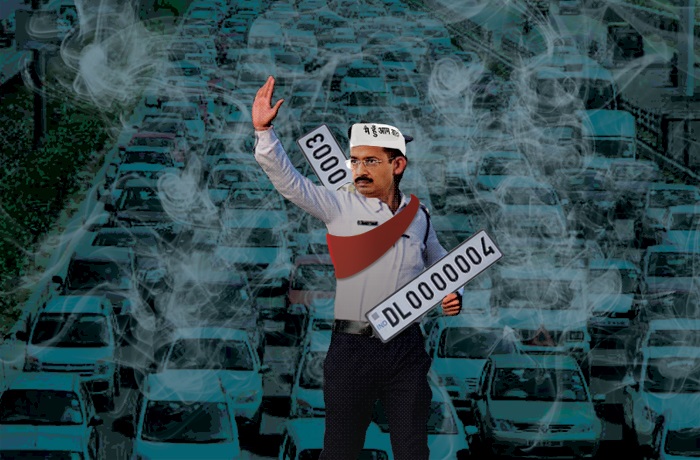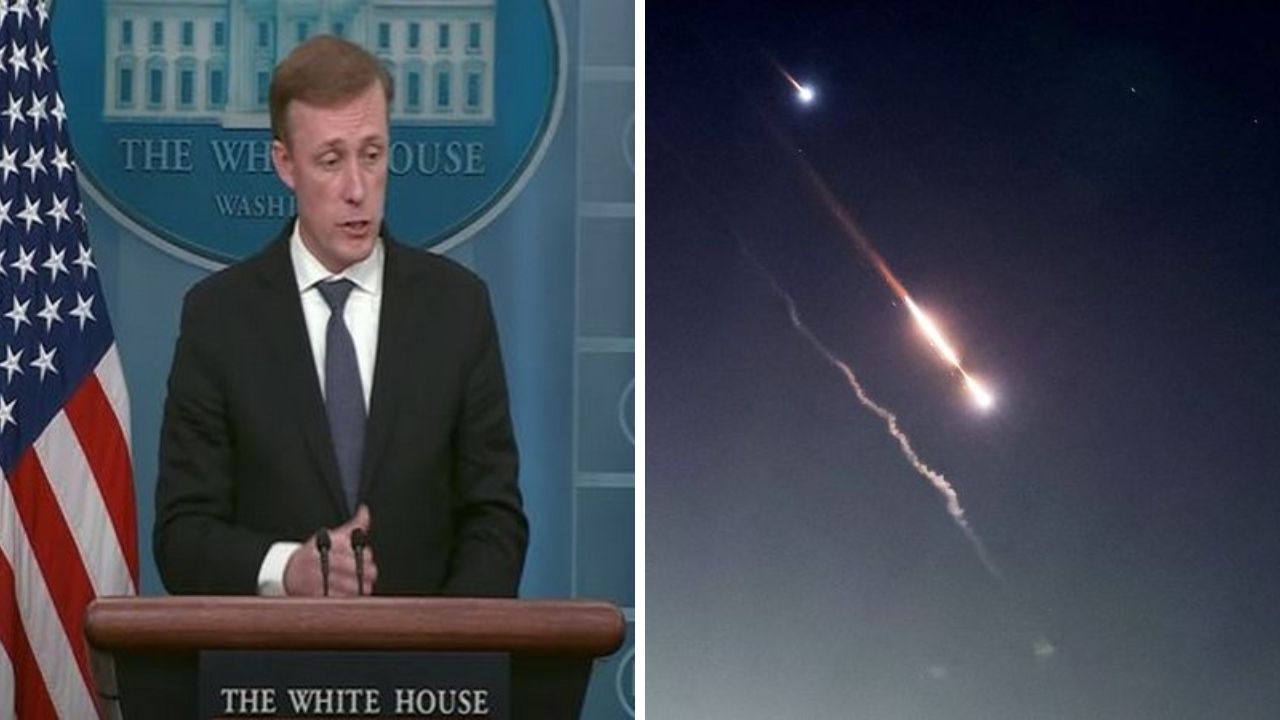What Bogota, Mexico City, Beijing's experiences tell us about Delhi's even-odd policy

Will Delhi's even-odd formula to cut down the capital's severe air pollution work?
The city's air quality hovered between "very poor" and "hazardous" for most of November. Fixing this requires "aggressive and drastic immediate measures," according to Anumita Roychowdhury, head of the air pollution control unit at the nonprofit Centre for Science and Environment.
"Small incremental steps won't help," she says, pointing out that the pollution is so severe it kills one person every hour and damages lungs of every third child.
Targeting two-wheelers and cars is a good start. An IIT Kanpur study shows these are the second worst polluters in Delhi, after factories and power plants.
The government expects the odd-even policy to reduce the city's pollution by half. But this may be way too optimistic. Besides, it may only be a quick but short-term cure, like a painkiller.
Such experiments have been tried in other places. Here's how some of them fared.
Mexico City, Mexico
From 1984 to 1993, the city restricted the use of vehicles once a week based on the last digit of their number plates. For example, cars with number plates ending in 7 or 8 were banned each Tuesday, those with 5 or 6 were kept off the roads on Monday.
It didn't help. Two studies on the policy found that while pollution did fall immediately after the ban, it actually increased in the long-term. One major reason was that car owners simply bought another car, often an old one with dirtier emissions.
In 1992, eight years into the policy, things got so bad that Mexico City was declared the planet's most polluted city by the United Nations. Not the best example to follow.
Bogota, Colombia
Following Mexico City's experiment, Bogota kept every car off the roads twice a week. However, it did not make any dent in the amount of pollutants released, including PM10, which, along with PM2.5, is one of Delhi's main pollutants.
Beijing, China
The city introduced alternate-day driving restrictions ahead of the 2008 Olympics. Here, it worked. One study found that the pollution dropped as much as 20%. But the policy was withdrawn soon after the games were over.
Paris, France
The city has imposed such rules, but only for particular periods. Most recently for a day in March 2015, only vehicles with odd number plates were allowed and public transportation was made free. They had done it twice before as a temporary measure when pollution went beyond certain levels.
So, before long, the Delhi government would have to come up with better ideas to curb pollution.
A 2011 study analysed such policies in Sao Paulo, Bogota, Beijing and Tianjin and concluded that while pollution did drop immediately, there was no long-term improvement in air quality.
This was largely because commuters found a way around the regulations. In Mexico City, they simply bought second-hand cars. In Sao Paolo, where the restriction was only for peak hours, commuters adjusted their schedules to drive in off-peak hours.
Another peculiar drawback is that a ban based only on registration numbers puts cars using clean and dirty fuels on the same footing. If such a policy is continued for too long, commuters won't have an incentive to shift to cars with cleaner fuel.
Delhi's odd-even policy drawback: it puts cars using clean and dirty fuels on the same footing
In Delhi too, diesel vehicles are largely responsible for the kind of pollution the city faces, but the ban also includes vehicles running on petrol and natural gas.
If driving bans don't work, what does?
Two European cities have tried different methods that seem to have worked.
Stockholm, Sweden
The city was divided into zones. Low emission zones were identified, where only vehicles with the best emission standards were allowed. This policy has worked well since it was introduced in 1996.
London, UK
The British capital charges every car that enters the city centre. The amount was 5 pounds when it was introduced in 2003 and has now doubled to 10 pounds.
The city later also introduced a Stockholm-like low emission zone, but for trucks and buses and for the entire city. The two policies together have brought down pollution levels significantly.
Delhi can't introduce such policies immediately as they require quite a bit of planning. So is the even-odd policy its best bet?
It's definitely worth a try. But even as a short-term policy, it may not work as much as we want it to. Here's why:If the penalty for violating the ban is too high, it could spur bribery. If it's too low, long-distance commuters may find it cheaper to actually pay the fine than leave the car home. Someone travelling, say, from Noida to Gurgaon may rather pay Rs 500 as fine than spend much more on taxis.
Since, there is a 50:50 chance of getting caught driving the wrong car on the wrong day, people might just take the gamble. This means a large monitoring staff would be required to make the policy a success.
Paris deployed 750 police officers, high by its standards, to enforce its one-day ban in 2015. Can Delhi's understaffed, overworked policy do the same?





_251021_300x172.jpg)

![BJP's Kapil Mishra recreates Shankar Mahadevan’s ‘Breathless’ song to highlight Delhi pollution [WATCH] BJP's Kapil Mishra recreates Shankar Mahadevan’s ‘Breathless’ song to highlight Delhi pollution [WATCH]](http://images.catchnews.com/upload/2022/11/03/kapil-mishra_240884_300x172.png)

![Anupam Kher shares pictures of his toned body on 67th birthday [MUST SEE] Anupam Kher shares pictures of his toned body on 67th birthday [MUST SEE]](http://images.catchnews.com/upload/2022/03/07/Anupam_kher_231145_300x172.jpg)






